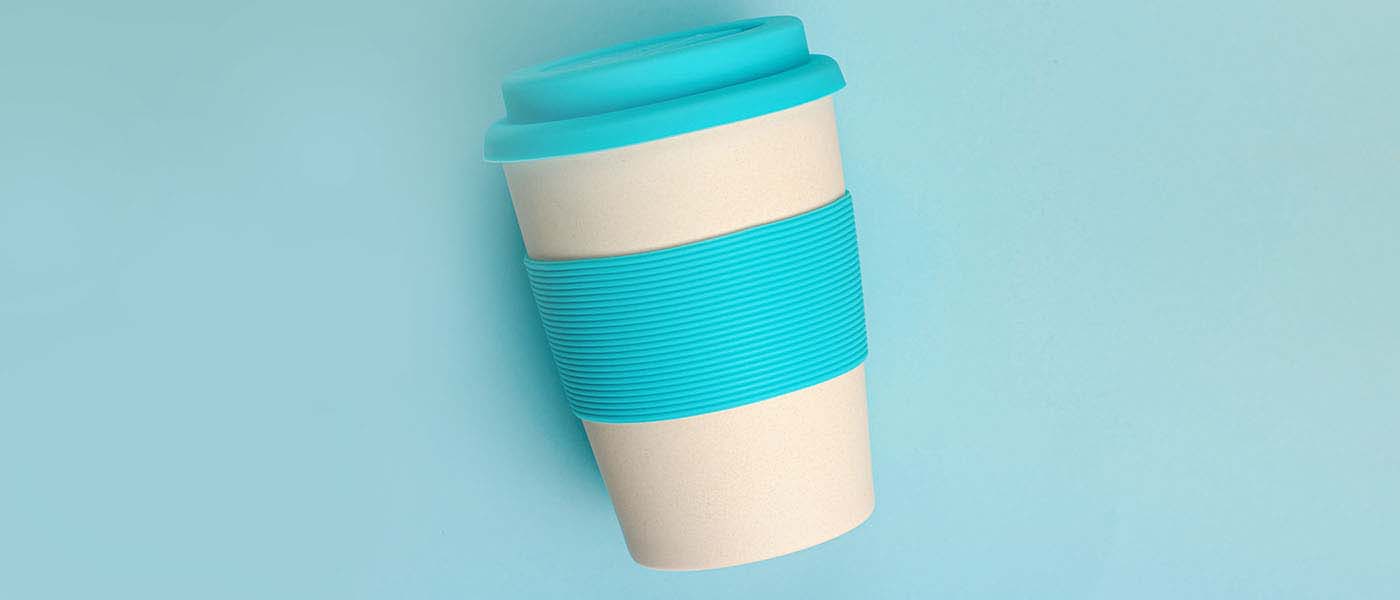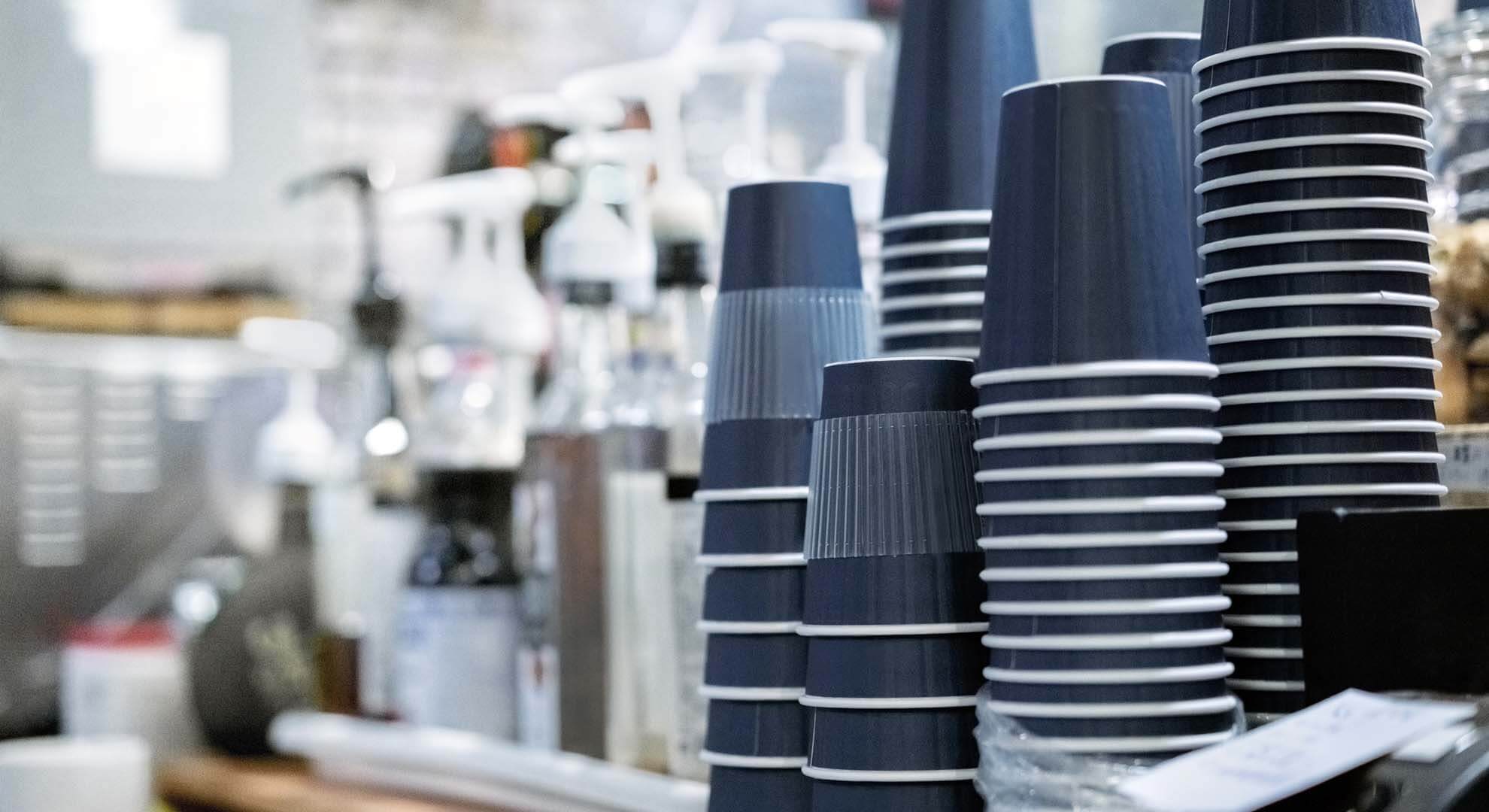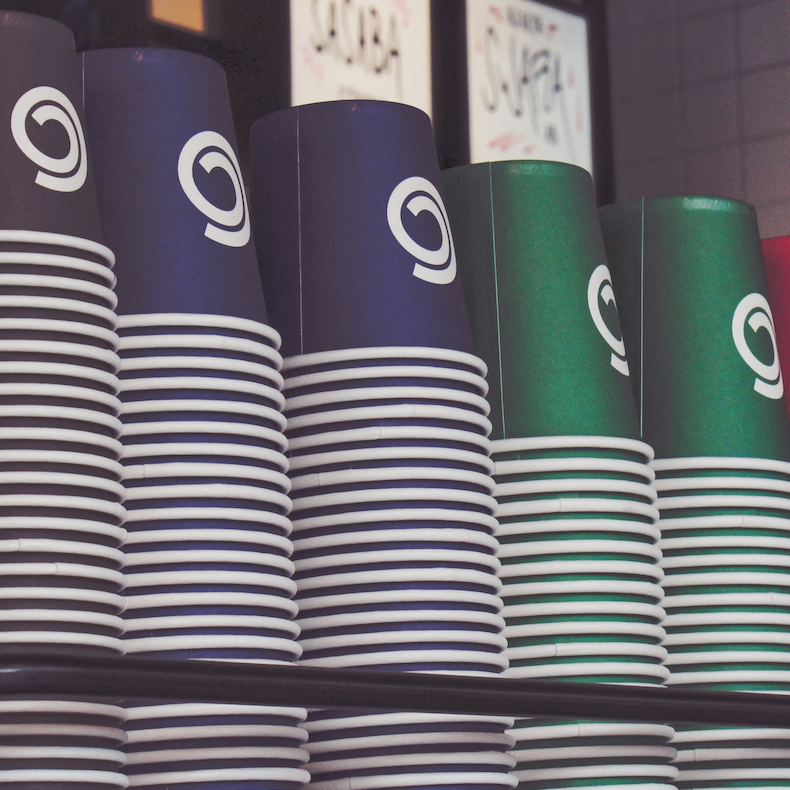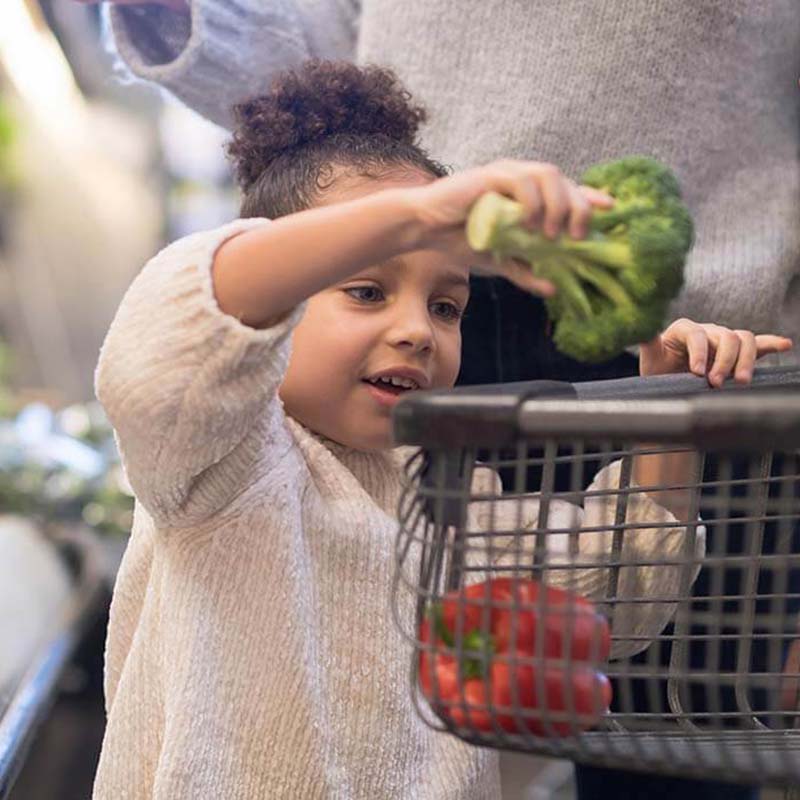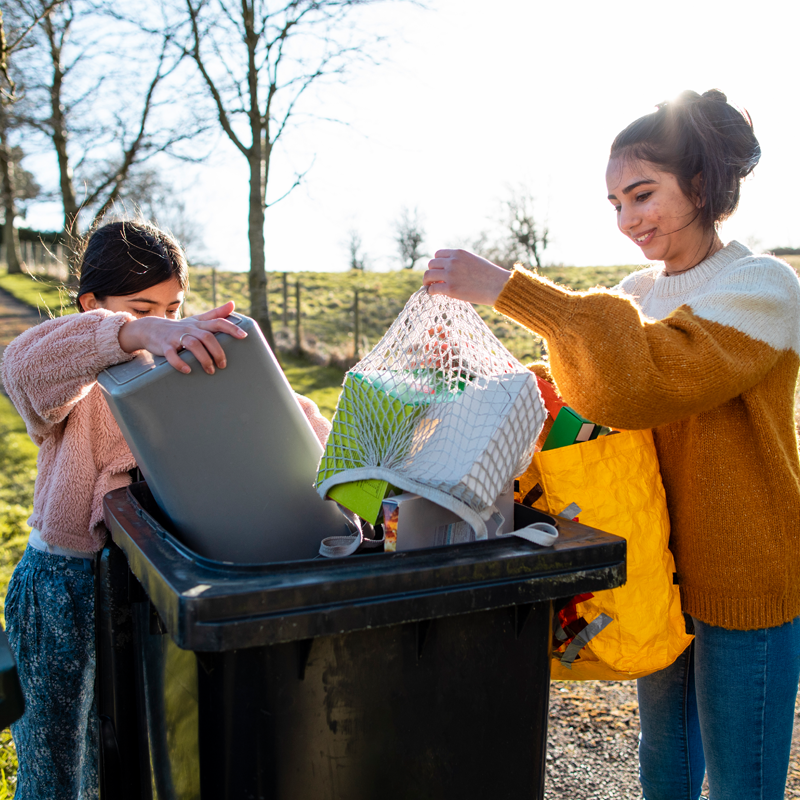Plastic is good, when used in the right way. This controversial material is one of the main culprits of environmental pollution and climate change, yet it’s not all bad news when it comes to plastic.
That’s not to say plastic isn’t problematic, as there are a lot of reasons to be anti-plastic when it comes to its detrimental environmental impacts.
The fact that #PlasticLasts is what makes it so right for many reusable items, and so devastatingly wrong for single-use, throwaway items.
Put simply, used in the right way, plastic is great at preventing waste.
When used in the right way, plastic is great at preventing waste. #PlasticLasts
Share on
Pros and cons of plastic
Pro: Plastic is made to last, making it a great material for reusable, long-lasting products – not single-use stuff that is used for seconds!
Con: The long-lasting nature of throwaway plastic is a significant cause of the land and marine litter crisis.
Pro: Plastic is durable, weighs less than other materials, is very versatile and can often be recycled, many times.
Con: Around 80% of our carbon footprint in Scotland comes from our production and consumption of materials, including plastics which are often made from fossil fuels.
Plastic is fantastic when we choose to reuse it
Plastic, just like any other material, has its pros and cons.
From keeping food fresher for longer and fulfilling an important function in medical equipment, to being a durable material used in construction, it has many widespread applications.
Regardless of material type, the problem lies with using a product once - requiring energy and raw materials to make - then ditching it quickly after use.
Single-use plastics are particularly troublesome as they can take hundreds (if not thousands) of years to break down.
This is why Scotland banned certain single-use plastics in June 2022. It’s important for us to understand how we can reduce, reuse, or recycle this material.
It’s also important to remember that reducing our consumption of single-use items, no matter the material, is even better for the environment than reusing or recycling them.
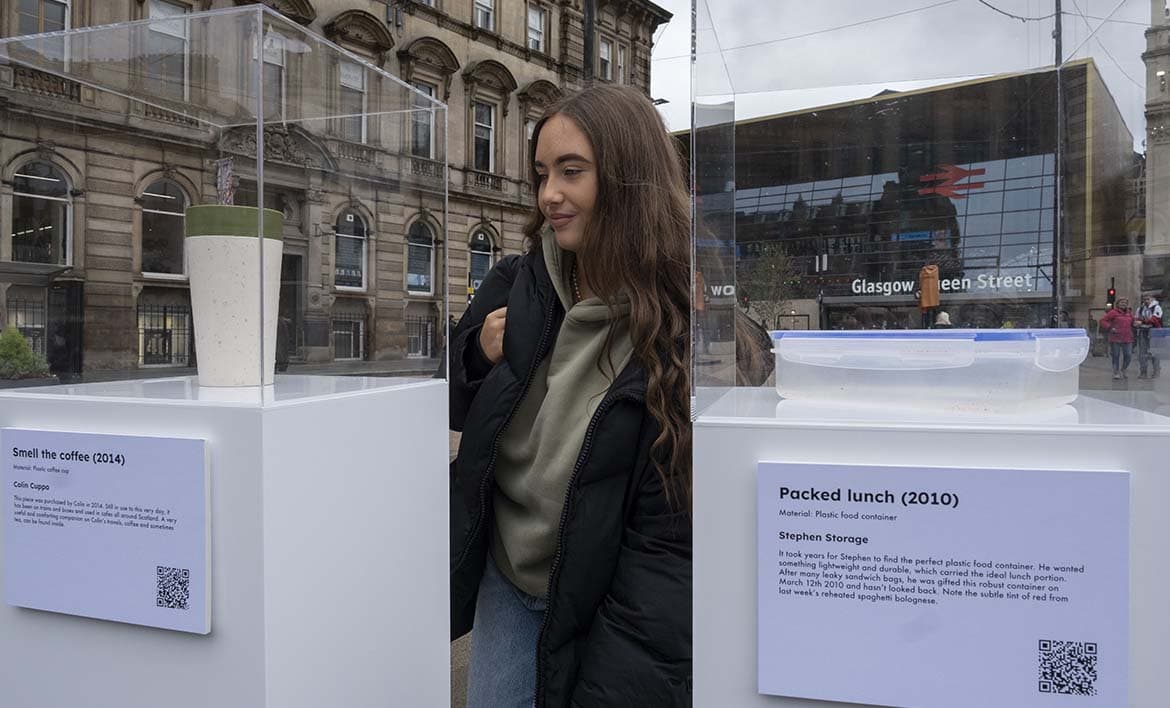
Taking your own container to the takeaway, or when visiting the local refill store, is a great way to avoid the need for a single-use item.
It can also result in a discount in some cases, so saving pennies, pounds and the planet.
You can read more about some studies done to assess the environmental benefits of reusable plastics over single-use plastics here.
You only need to use a long-life reusable food container five times to have a lower carbon impact than five typical plastic takeaway containers. #PlasticLasts
Share on
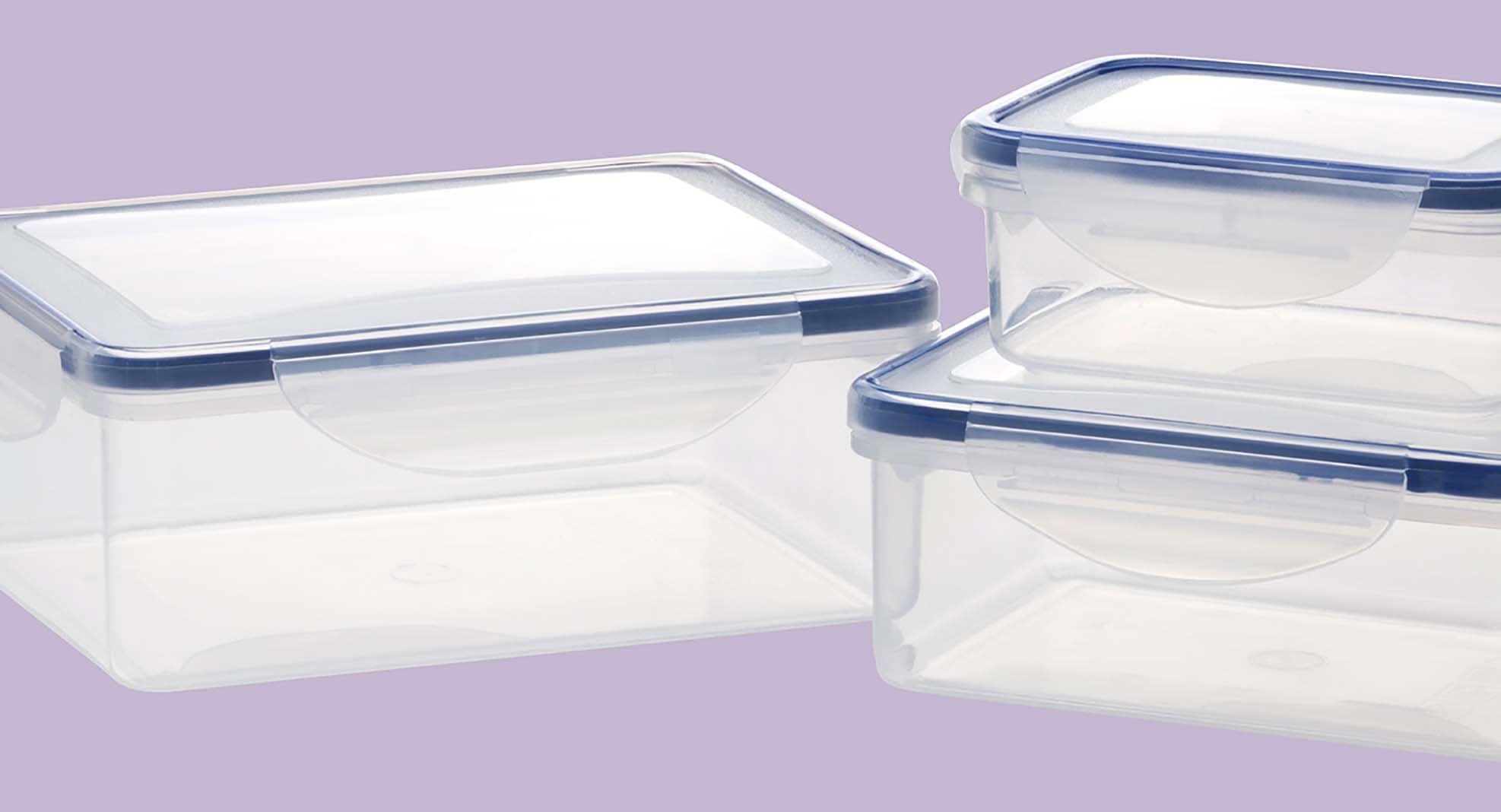
Plastic: Remaking our World
In 2022/23 we teamed up with V&A Dundee for an exciting exhibition exploring our controversial relationship with plastic, past and present, its contribution to the climate crisis and what the future holds for plastic.
Easy ways you can choose to reuse plastic
Reusable food containers help keep food fresh and can be used for years (no more waste from cling-film, takeaway boxes or single-use plastic food bags).
Reusable coffee cups, made from hard-wearing durable plastic (or metal), keep your drink warm and last for ages. Saving countless single-use cups which are often made of composite materials and not easily recycled.
Did you know that after 10 to 41 uses (depending on some variables), a reusable plastic coffee cup has a lower equivalent carbon impact than using the same number of single-use cups - so remember your reusable.
We’ve developed a positive habit of remembering our reusable shopping bags since the single-use carrier bag charge was introduced in 2014. Remember to recycle them at your local supermarket when they become too worn
Why is Zero Waste Scotland running a campaign on the benefits of plastic?
Our #PlasticLasts campaign aims to highlight that because plastic is made to last, we should be using plastics for long-lasting and reusable products as part of our shift towards a circular economy.
The campaign is about the benefits of plastic as a reusable and durable material as compared to the problems of products made from plastic we use for a very short time. This is precisely why Scotland introduced a ban on the most problematic single-use plastic items like drink stirrers and cutlery in June 2022 – products designed to be used for seconds with a material that can last for centuries are not good for our environment.
The backlash against single-use plastics has threatened to lead to an “anything-but-plastic” mindset in decision-making about what materials to use, which can often lead to plastic being avoided even when it may be the most environmentally sound option. For example, plastic bags for life require far fewer uses to outperform single-use plastic ones, than a reusable cotton bag would.
We have launched this campaign to coincide with an exhibition being run by the V&A Dundee on plastic – remaking our world.
How can you say plastic is good?
Plastic is not inherently ‘bad’, but how we use and dispose of it can be. In many cases, plastic (including single-use plastic) fulfils an important function, and we still need it – for example, for tools, medicine bottles and medical equipment.
The debate should be about how we use plastic and other materials responsibly. That means minimising the use of single-use plastic products wherever possible, and for plastic products that we do need to use, making sure we use them for longer.
We understand the concerns about plastics; however, it is likely that we could simply be replacing one problem (i.e., plastics) with another (i.e., a non/less recyclable material.
Our advice is for all concerned to think about the hierarchy [remove, reduce, replace, recycle] and focus on what options exist to remove the packaging or replace it with a reusable alternative.
How many times do you need to use a reusable plastic item, for example, a coffee cup, to offset the environmental costs of producing that item?
Looking at the lifecycle analysis studies of reusable plastic items versus their single-use equivalents, the environmental benefits of reuse outweigh that of single-use across the board. Here are some examples.
After 10 to 41 uses (depending on some variables), a reusable plastic coffee cup has a lower carbon impact than using the equivalent number of single-use cups and disposing of them.
You only need to use a reusable food container five times to have a lower carbon impact than the typical plastic single-use takeaway container.
And when it comes to period products, our Trial Period campaign involved a study into the carbon savings of using reusables over single-use products. The results showed annual carbon impact of reusable products are lower than those of single-use options.
What about reusable items made of other materials like metal and glass, aren’t these better alternatives to plastic?
We need to reduce our consumption, regardless of the material. This means before we start talking about which material is ‘best’ we should have already considered removing those items and looking for reusable options. Reusing items is always better than recycling, composting or disposing of them.
When making decisions about specific materials, we need to use full life-cycle assessments to understand long-term impacts, infrastructure needs and environmental implications.
If we decide based on just one aspect, then there is a risk of unintended consequences. We need to realise our knowledge is incomplete, and we need to consider all the factors involved, including disposal. The right solution in one scenario might not be the best in another.
In Scotland, our collective consumption of products and materials causes around 80% of Scotland’s carbon footprint. This is something we need to act upon.
Can plastic be recycled?
Plastic is a collective name given to many kinds of materials, some of which can be recycled. Plastic has been collected for recycling from households and businesses for many years.;
All of Scotland’s local authorities can collect plastic, in one form or another, for recycling. The types of plastic collected are individual to each local authority depending on the facilities they have available. Plastic bottles are widely accepted and increasingly pots, tubs and trays are too. The types of plastic which each local authority in Scotland can recycle depend on the different facilities each council has access to.
There are currently different product labels and recycling services, which can make it hard for people to figure out what can and can’t be recycled. That’s why we developed the recycling sorter tool which tells householders exactly what can be recycled in each local authority area.
One of the big problems with plastic is the amount of packaging used on products that can't be easily recycled, what action is being taken on this?
How packaging waste is managed is in for a big shake-up in line with the “polluter pays principle”. This means that producers (be that brand owners, sellers or online marketplaces) will be responsible for paying packaging waste costs.
This is a system known as Extended Producer Responsibility (EPR) – meaning that those who have control over packaging design decisions will be incentivised to do the right thing for the planet at the outset and consider what happens at the end of the packaging’s life from the start.
A 2nd stage industry consultation on introducing this game-changing EPR scheme for packaging concluded in June and it is proposed that the new scheme will be implemented in two phases, with Phase 1 beginning as soon as 2023. More information is available in our article here.
What happens at end-of-life for reusable plastic items like coffee cups and bottles?
Reusable plastic cups and bottles can last a very long time because they are made of hard-wearing and durable plastic. If they do get damaged and can no longer be used, then currently, they have to be disposed of in the general waste, which would typically mean they go to landfill or incineration.
However, looking at the lifecycle analysis of reusables versus single-use, reusables are still better for the environment than single-use alternatives. For example, after using a reusable plastic bag for life just four times, it will have a lower carbon impact than its single-use equivalent.

